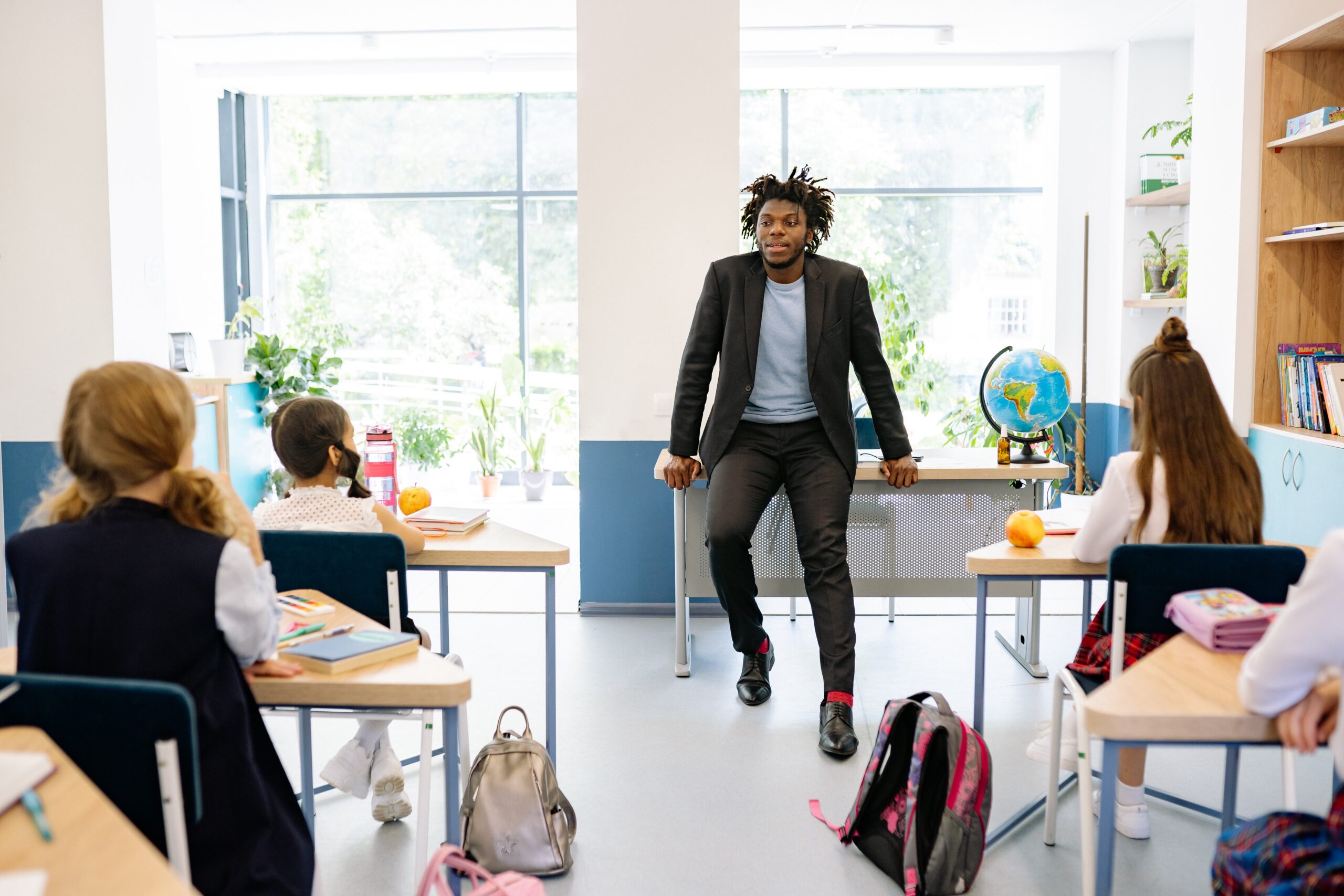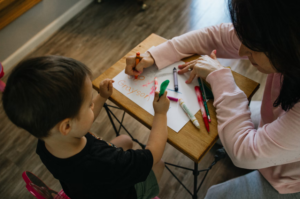
It’s no great mystery that K-12 education has had to adapt to educational practices in the wake of remote learning. Remote learning was detrimental to classroom instruction in so many ways.
For instance, the lack of social connectivity, the added pressure of having to self-motivate, designing meaningful and engaging lessons, and even issues of academic integrity were just a few of the factors educators had to account for during times of remote learning.
However, the tech industry, among others, was quick to rise to unprecedented occasions with countless new software designed specifically for combatting the issues of remote instruction.
Here are just a few of the awesome ways that educational institutions have adapted post-remote learning.
Classroom Management Software For Engaging Learners
One of the many ways the tech industry rose to support remote educators and learners was through the creation of valuable classroom management software. One of the most useful platforms is Hapara, a digital arsenal designed to support educators in all ways. Hapara tailors its tools, lessons, and assessments to the unique needs of each classroom, student, and teacher.
Hapara provides educators with a Google Workspace-compatible platform from which they can find/adapt lessons, create assessments, work individually with students or collaboratively with small/whole groups, and beyond.
Lastly, this software, useful during both face-to-face and remote instruction, allows educators to digitally monitor student activity and productivity.
Making Social-Emotional Learning a Priority
Children are social beings and remote instruction greatly hindered their sociability. On top of that, remote instruction created anxiety and stress for students trying to navigate a new way of life.
The newness of remote instruction was stressful for adults who are typically better-equipped to manage new burdens, so it’s not surprising that children found the transition from in-person to remote and back to in-person instruction a difficult one to navigate.
Thankfully, many K-12 institutions have met the need to address students’ social-emotional health. As such, schools across the country have implemented a social-emotional learning curriculum that teaches students that their feelings are real but manageable.
Through social-emotional learning curricula, students are given practical tools for identifying, articulating, and managing the social and emotional difficulties they face.
Reconnecting Following Social Stagnancy
One of the greatest ways children struggled during remote instruction was in the lack of social connectivity. Students, who had once been so accustomed to socializing throughout the entirety of an in-person school day, floundered with the lack of connectivity. Many children became withdrawn and disconnected, grasping for ways to stay connected with their social circles.
Thankfully, many big platforms as well as large corporations and even small businesses developed meaningful ways for children to socially engage with peers. From new and improved social media platforms that allowed children of all ages to safely connect with peers to extra-curricular activities gone virtual, students were able to once again engage with peers.
Not only were children able to find ways to connect outside of the classroom, but educators could also translate these newfangled virtual social settings into classroom tools too. Resultantly, the resounding fear of returning to remote instruction and once again feeling isolated from peers has been allayed.
Managing Academic Integrity
With heavy reliance and accessibility to the information highway during remote learning, academic integrity became a pervasive problem in many middle and high school classrooms. The ease with which students could acquire and misuse information was all too tempting for some students.
As such, educators saw a rise in plagiarism across the board. In light of this, many new software extensions that can quickly and accurately test the authenticity of students’ work have become readily available for educators. Thankfully, tools such as plagiarism checkers are useful to teachers whether classes are being conducted in-person or remotely.
Conclusion
It’s no secret that the abrupt transition from in-person to remote instruction was difficult to navigate for institutions, educators, and, most importantly, students. Thankfully, this resulted in an influx of valuable and effective tools that benefit students and teachers whether learning in-person or remotely. One of our favorite tools to come out of remote learning was Hapara; its all-encompassing virtual classroom approach earns it an A in our grade book.


